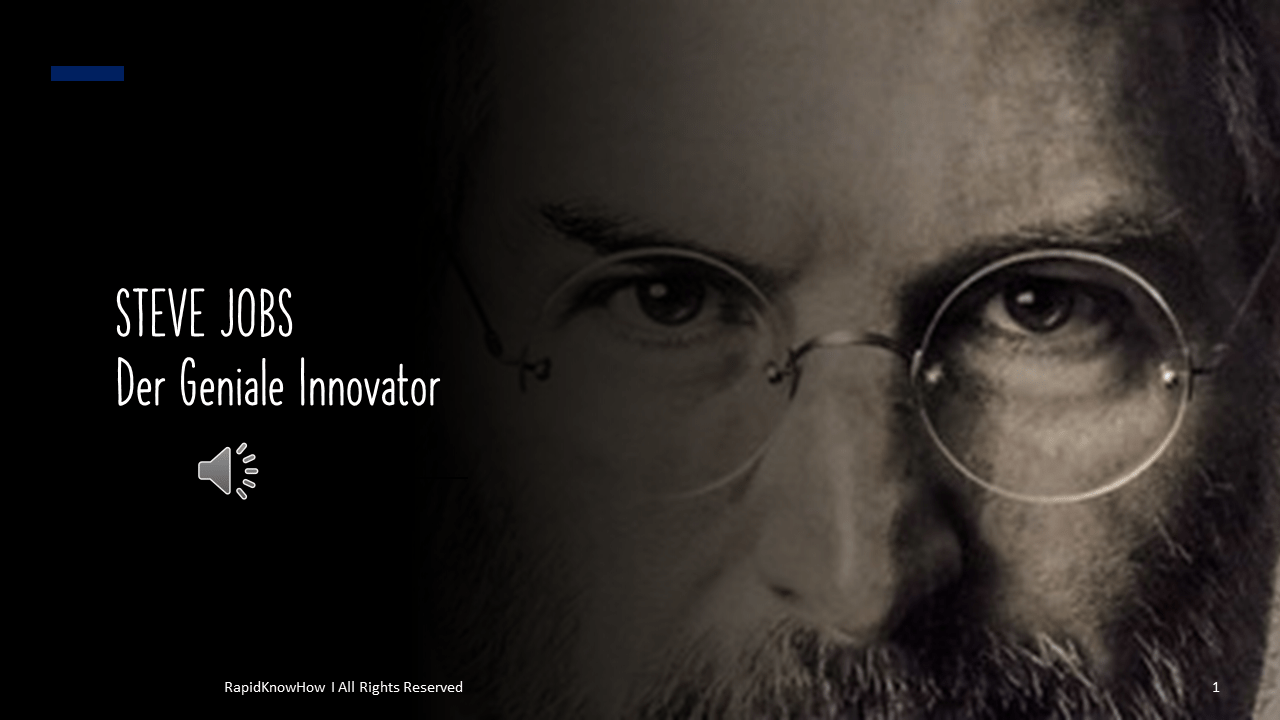Problem: In the mid-1970s, the world was in the midst of a technological revolution. Computers were becoming increasingly prevalent in businesses and institutions, but they were far from being a household item. They were large, expensive, and required a certain level of technical expertise to operate. This was the problem that Steve Jobs identified: computers were not accessible or user-friendly for the average person.
Agitation: Jobs recognized that this problem was more than just a technological issue; it was a barrier to progress. He saw the potential for computers to revolutionize not only businesses but also everyday life—if only they could be made more accessible. He envisioned a world where computers would be as common in households as televisions, where they would be used not just for work but also for learning, communication, and entertainment. But this vision seemed far-fetched at the time. The technology industry was dominated by big corporations that were more focused on improving existing technologies than on creating new ones. There was a clear need for a new approach, for someone who could disrupt the status quo and bring about a real change.
Solution: This is where Steve Jobs stepped in with Apple. His vision was to create a computer for the rest of us. He wanted to make computers so intuitive and engaging that they would become an indispensable part of everyday life. To achieve this, he knew he had to do more than just create a product; he had to create an experience.
Vision: Jobs’ vision for Apple was clear: “To make a contribution to the world by making tools for the mind that advance humankind.” He believed that technology should be an extension of our minds, enhancing our capabilities rather than complicating our lives.
Mission: Apple’s mission under Jobs’ leadership was to bring the best personal computing experience to students, educators, creative professionals, and consumers around the world through its innovative hardware, software, and internet offerings.
Strategic Actions: To realize his vision and mission, Jobs took several strategic actions. He assembled a team of talented and passionate individuals who shared his vision. He fostered a culture of innovation, encouraging his team to think differently and challenge the status quo. He focused on design, making sure that Apple’s products were not just functional but also aesthetically pleasing and easy to use. He also understood the importance of marketing in shaping public perception and creating a demand for Apple’s products.
Leadership Delivered: Jobs’ leadership was instrumental in turning Apple into one of the most successful companies in the world. His relentless focus on innovation, design, and marketing set Apple apart from its competitors and made it a trendsetter in the technology industry. His ability to inspire his team and rally them around a common vision was key to Apple’s success. Despite facing numerous challenges and setbacks, Jobs never lost sight of his vision for Apple. His unwavering belief in the potential of technology to change the world drove him to push boundaries, challenge conventions, and ultimately create products that have transformed our lives.
In conclusion, Steve Jobs’ creation of Apple is a testament to the power of vision, mission, strategic action, and leadership. It shows that with a clear vision, a strong mission, strategic actions aligned with these objectives, and effective leadership, it is possible to change the world.
